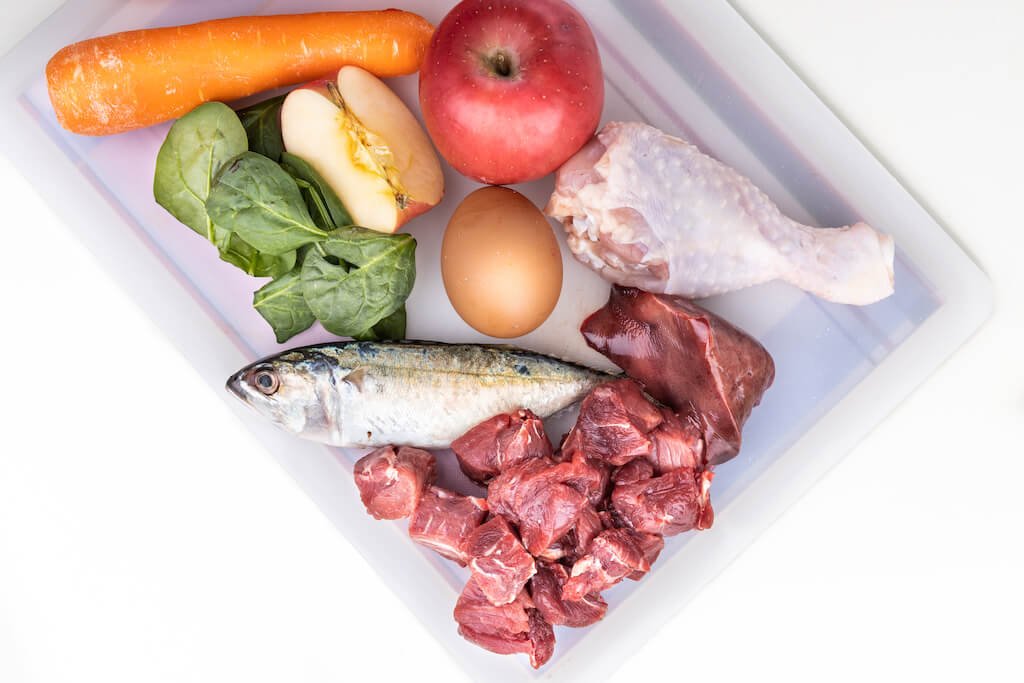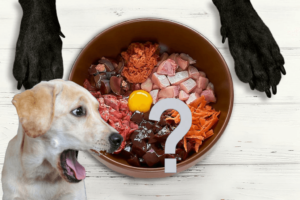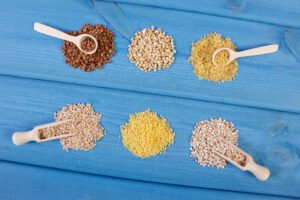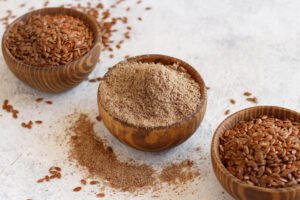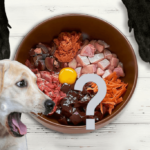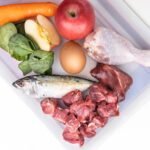Raw feeding, a diet that consists primarily of uncooked meat, bones, fruits, and vegetables, has been a topic of contention among dog owners and veterinary professionals. Proponents tout its benefits for canine health, while critics express concerns over nutritional balance and safety. Amidst this debate, several myths have emerged. Let’s delve into these misconceptions and uncover the truths about raw feeding for dogs.
Myth 1: Raw Diets Are Nutritionally Complete
Reality: Not all raw diets are created equal. While it’s possible for a raw diet to meet all of a dog’s nutritional needs, it requires careful planning and knowledge of canine nutrition. Many homemade raw diets lack in certain nutrients, vitamins, or minerals necessary for a dog’s health. Consultation with a veterinary nutritionist is crucial to ensure the diet is balanced and meets the specific needs of your dog, considering their age, size, and health status.
Myth 2: Raw Feeding is Dangerous Due to Bacteria
Reality: The risk of bacterial contamination, such as salmonella and E. coli, is a genuine concern with raw diets. However, with proper handling, storage, and hygiene practices, the risk can be minimized. This includes washing hands thoroughly after handling raw food, cleaning all surfaces and utensils, and storing raw meat at appropriate temperatures. It’s also important to source high-quality meat from reputable suppliers.
Myth 3: Dogs Thrive Best on Raw Diets Because They Mimic Wild Ancestors
Reality: While dogs share genetics with their wolf ancestors, thousands of years of domestication have adapted them to a variety of diets. The argument that raw diets are superior because they mimic what wild ancestors ate overlooks the evolutionary changes dogs have undergone. Many dogs can thrive on a well-balanced commercial diet just as well as they can on a carefully planned raw diet. The best diet for each dog depends on its individual health and nutritional needs.
Myth 4: Raw Bones Are Completely Safe for Dogs
Reality: Feeding raw bones is often promoted within raw feeding circles for dental health and nutrition. While raw bones are less likely to splinter than cooked ones, they are not without risks. Potential hazards include broken teeth, choking, and intestinal blockages or perforations. It’s essential to choose bones appropriate to the size and chewing habits of your dog and to supervise them while they’re chewing.
Myth 5: Raw Diets Are Easy to Prepare
Reality: Preparing a nutritionally balanced raw diet can be time-consuming and complex. It’s not as simple as just feeding your dog raw meat. A balanced diet requires a variety of ingredients, including muscle meat, organs, bones, vegetables, and supplements to fill nutritional gaps. For those who choose raw feeding, pre-made commercial raw diets can offer convenience but require due diligence to ensure they’re nutritionally complete.
Conclusion
Raw feeding for dogs is a topic surrounded by myths and strong opinions. While a raw diet can offer benefits to some dogs, it’s not the ideal choice for every pet or owner. It requires a commitment to meticulous planning, knowledge of canine nutrition, and attention to food safety practices. Before deciding to switch to a raw diet, consult with a veterinarian or a veterinary nutritionist to ensure that it’s a suitable choice for your dog’s individual health needs. The goal is always the same: to provide a diet that supports your dog’s health and happiness, whether it’s raw, cooked, or commercially prepared.

